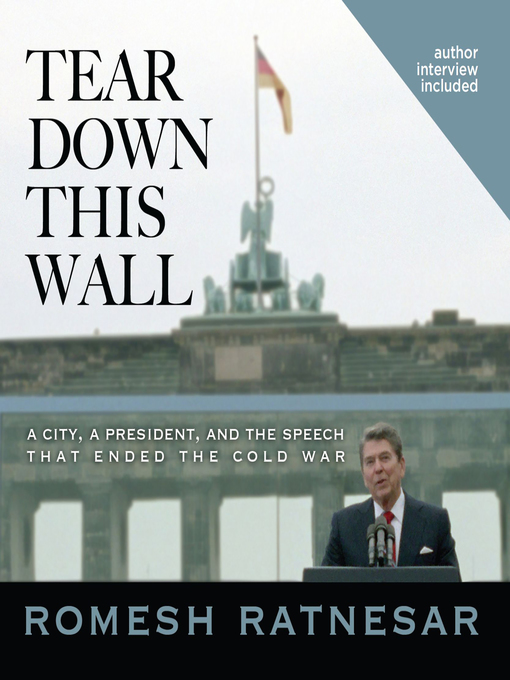
First developed in the first decades of the 20th century as an intravenous anesthetic designed to numb patients during surgeries, phencyclidine had such bad side effects that it was soon discontinued. Patients had reported severe hallucinatory and disorientating symptoms. Phencyclidine was then used on animals, with similar results. The drug was quickly finding itself out of markets when the youth counterculture adopted it in the 1960s. Easier and cheaper to manufacture than LSD, phencyclidine experienced a resurgence in tablet form known as the PeaCe Pill, soon abbreviated to PCP.
Never as popular as some of the other illegal drugs, PCP nevertheless still found a niche among people wanting to score a cheap high in the 1970s. Replaced by crack cocaine in the 1980s, PCP abuse diminished greatly until it went through a resurgence in the 2000s, when street gangs and organized crime began to manufacture and distribute it throughout the United States.
The same symptoms that banned PCP from the anesthetic market in the 1950s and 1960s continue to affect users, who can experience hallucinatory episodes, with possible seizures, organ failures, coma, severe psychotic breaks, and even extreme violence and death. Some PCP users do not feel pain and lose access to some of their more advanced processing skills, and therefore can perceived themselves as being superhuman. Dangers remain, however, and one can easily lose everything through a bad trip.
Perfect for a research project or to learn more about this drug, The Truth about PCP not only presents the history of the drug, but also discusses its social and health effects, as well as what treatment can be done to recover from PCP.










